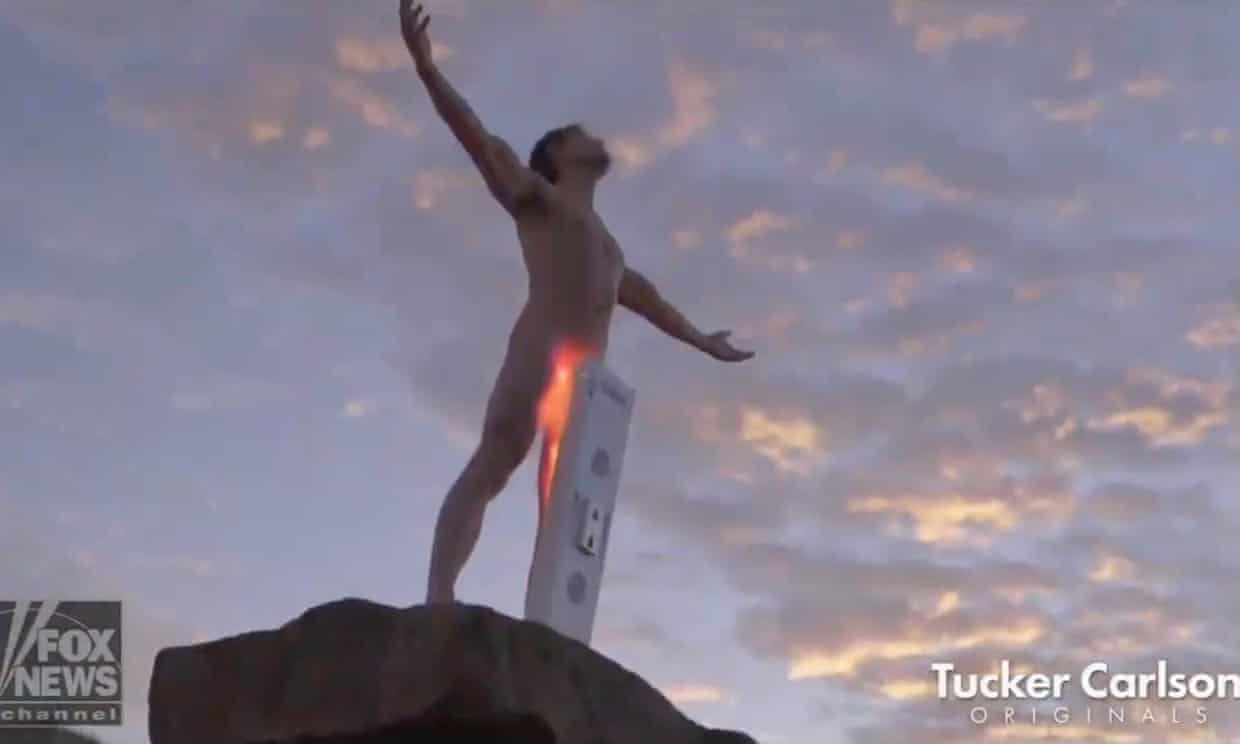I'm glad I didn't drag my feet about posting yesterday's response to Noah Smith because, at least among business and finance types, the narrative has definitely moved on.
BREAKING: @ElonMusk did not "buy Twitter."
— SMBAcquisitionAttorney (@SMB_Attorney) April 26, 2022
A thread on how this actually works:
Really seems pretty open and shut that in the first day of the deal Musk has repeatedly violated the agreement he signed not to disparage Twitter or its representatives. https://t.co/Awxf26msS6
— Josh Marshall (@joshtpm) April 28, 2022
Honestly, I'm totally here to see the whole thing burn right down to the ground. That said, I'd say decent chance Musk is getting cold feet and is trying to torpedo the deal.
— Josh Marshall (@joshtpm) April 27, 2022
Yeah, I mean the deal sucks for him maybe he won’t do it at all? 🤷🏾♀️ https://t.co/NMKDnK1P0t
— Linette Lopez (@lopezlinette) April 27, 2022
Credit analyst Vicki Bryan has some details and they aren't pretty.
We’ll see. Meanwhile, it’s less clear that Musk “won” Twitter, since no other bidder stepped up to top his $54.20, which was down 26% versus the stock peak last year. Twitter stock still was trading well below that at $51.20 as of Monday’s close—up less than $3 on news of the deal. On Tuesday the stock slumped back below $50.
For good reason. Deal terms revealed so far leave out important detail about where Musk will or even if he will get all the cash he needs to close the deal at some still undetermined date, subject to shareholder approval. And if the deal does close, Twitter’s already strained financial condition will be crushed under billions of expensive new debt its operations can’t afford to service.
No wonder Twitter’s existing bonds have traded lower as the drama has played out—even before the severe credit quality rating downgrades I have warned clients to expect.
Elon's favorite journalist, Linette Lopez fills in more of the picture.
From Business Insider:
As it stands, Twitter does not exactly rake in money — it brought in just under $5.1 billion in revenue last year and posted a net loss of $221 million, in large part due to the settlement of a class-action lawsuit brought by some shareholders. But even that doesn't tell the whole story.
...
The most notable under-the-hood item, according to Bryan, is the roughly $630 million Twitter paid in stock compensation to employees last year. Instead of paying their workers bigger salaries upfront, tech companies like Twitter (and Musk's Tesla) offer employees stock that they then can sell down the line. That can be good for employees who hope that the stock is more valuable when they're able to sell, and it's good for Twitter because the company doesn't have to pay that money out in cash or count it as an expense. But once the company goes private that will change, and employees will need to be compensated in cash. Twitter's debts will need to be paid in cash too.
Analysts cited by the Wall Street Journal estimate that Twitter's annual interest payments would balloon from $52 million in 2021 to $845 million after the buyout. Bryan sees the picture getting even worse because she believes the market is underpricing Twitter's risk. She estimates that Twitter's annual debt payment could hit $1.3 billion in a "worst case" scenario.
...
It's not just Twitter that's staring down a big debt bill when this transaction closes — Musk himself is going to be on the hook for a whole lot of cash. Last week Musk filed a non-binding letter with regulators detailing how he had secured over $46.5 billion in funding to buy Twitter. Part of that is over $20 billion in cash Musk promises to pay out of his own pocket, presumably by selling a lot of Tesla stock. It also includes a $12.5 billion margin loan that uses $62.5 billion worth of his Tesla stock as collateral. One hedge fund source who spoke on the condition on anonymity to talk freely about the deal told me the terms for this loan were "ugly," and that their fund regularly pays much less to secure debt financing than the richest man in the world may pay to secure Twitter.
...
And this is where Musk's Twitter deal threatens the rest of his empire. Not only is he tying up a lot of his net worth in Twitter — he's also putting his other businesses on the line. About one-third of his stake in Tesla will be put up as collateral for the margin loan. According to the funding letter, if Tesla stock drops 40% — below $400 a share, in this case — he will either have to put up more of his stock or the banks will start selling the stock they have until they get their money back. This is especially risky given that Tesla's stock is already wildly volatile. It was down 30% from its highs at one point in March, and analysts are already projecting Tesla's second half of 2022 to be less profitable than the first.



